Everything to know about the Sri Rangam Temple, Tiruchirappalli: India’s Largest Temple
The ancient temple town of Srirangam, located at the historic district of Tiruchirappalli in Tamil Nadu speaks volume of temple grandeur, an indigenous art form to the southern part of the country.
The town is dotted with numerous must visit Hindu temples with ornate structures, dating back to the Dravidian era. The Dravidian art form found life in artistic portrayal on stone carvings et al, and ultimately culminating in the architecture of the Srirangam temple (otherwise known and revered as the Sri Ranganathar Swamy Temple among devotees).
To stand in front of those timeless figurines, depicted with intricate artistic skills out of lifeless stones, is an enchanting experience of its own.
The Ranganathaswamy Temple Srirangam is located at a distance of 325 KM from Chennai, the capital city of South Indian state Tamil Nadu. It is highly recommended to take to the highway that connects the divine temple town with the southern metropolis in a couple of hour’s journey!
The Sri Ranganathaswamy Temple Srirangam is the home to Ranganatha, Sri Vishnu. A reclining statue of the deity is housed inside the temple sanctum. Among the locals, Sri Vishnu (the temple deity) is also known as Nam Perumal and Azahagiya Manavaalan (in Tamil, these words literally translates to “our god” and “beautiful groom” respectively).
From time immemorial, the poet saints of Tamil Nadu, wise Alwars had been dedicating hymns for the iconic temple in their literary work.
The temple is revered as one of the eight Sawayambu Kshetras (where God had appeared by his own) of Lord Vishnu.
The temple compound is old and intricately designed, with countless installations of holy water tanks, pillared intricate hallways with carvings, ancient shrines, majestic Gopurams (a massive opulent doorway or entry to the temple, visible only in the temple architecture of South India). The walk to the Darshan is well imbibed with sensory experiences, which makes the final part of it, well worth the anticipation and reverence. Many hand painted frescoes, taking cue from Hindu mythology and dating back to early 14th-century cultural prowess of Bhakti Movement, are depicted on the wall.
The prolonged walk inside the temple compound makes one realize why the Srirangam temple is being considered as a new addition to the UNESCO’s tentative list of architectural and cultural marvels of the World Heritage Site.
The temple is housed on a river islet. The voluminous Kaveri river flows on both the banks. Come monsoon, it is likely to inundate the temple. However, the temple complex has survived many such floods since prolonged time. Sri Ranganathaswamy is an integral part of ancient Tamil literature, with early historical references dating back as early as the 4th century Sangam era.
Srirangam Temple history states that there had been various instances of plundering and looting of the temple and its astounding collection of gold and wealth by the Delhi Sultanate. However, the deity was protected and restored on the throne each time with success. It is to be noted that the temple deity is made of pure gold.
Despite nature’s toil and unkind history of medieval India, the temple is erect for close to a thousand years and beaming with devotees and prayers. Puja (worship) takes place on a regular basis. Extensive preparation is taken up at the dawn of the day. Srirangam temple complex is the largest active temple complex in the world, spreading over an area of 155 acres. the Angkor Wat would come a close contestant however there is no more worship happening here as of today.
Devotees are to complete 7 Parikramas (stroll around the complex) symbolizing the internal chakras of a human body. At one such Parikramas, one shall come across Ramanuja’s shrine, a scholar noted for his wisdom of Vedas from ancient India.
Like every major Hindu temples in India, a plethora of Indian festivals take place at the sprawling temple grounds. The 21 days long Ekadasi festival experiences the maximum number of footfalls from distant parts of the country.
On certain dates on the month of Ekadasi, the devotee footfall exceeds more than a million! Ekadasi generally takes place in the month of December. Legends suggest Sri Ranganatha, hailed as the lord of the land, comes down to Earth and meets his subjects. He rules the court on that day.
The surrounding thousand pillared hall of Sri Rangam Temple decks up with the prettiest color and culture to welcome back the king. faithfuls seat in queue and perform Bhajans, kirtans and other musical activities.
Apart from Ekadasi, other important celebrations are Ratothsavam (the Rathayatra or Chariot festival, another beautiful festival that happens in Puri), Chithirai Ther (a festival remembering the Vijayanagara King’s notable efforts to rebuild the emperor and profound Gopurams and temples).
Sri Rangam Temple is open for “Darshan” to devotees. The temple is open for visiting from dawn to night however the main “Darshan” (viewing the deity by commoners) takes place in three slots: 09:00 to 12:00, 13:15 to 18:00, 18:45 to 21.00.

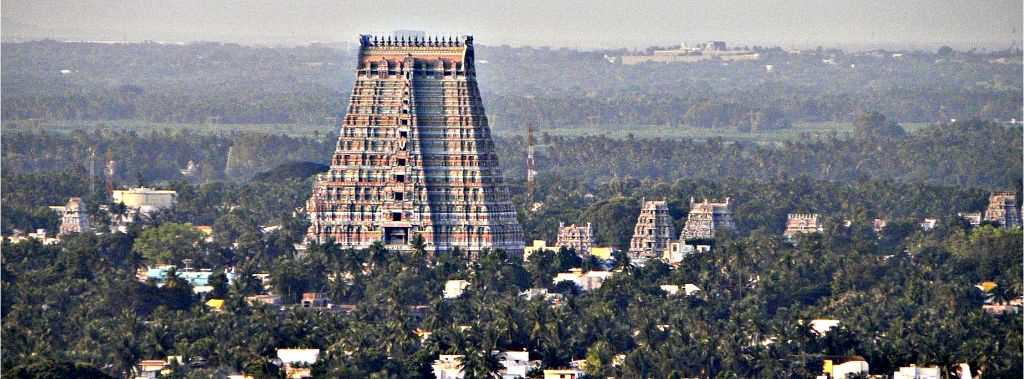

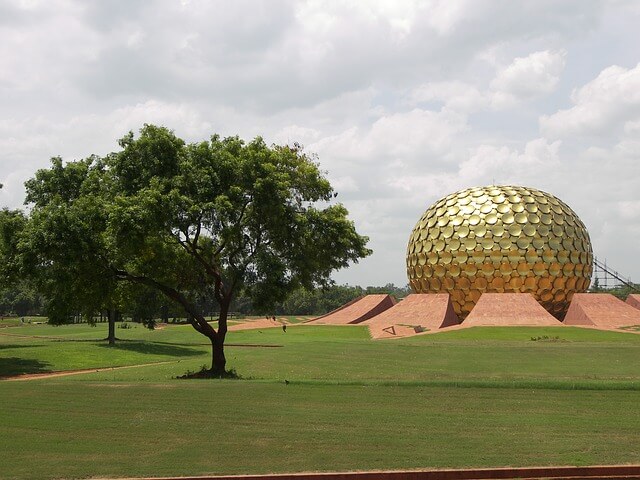
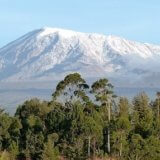







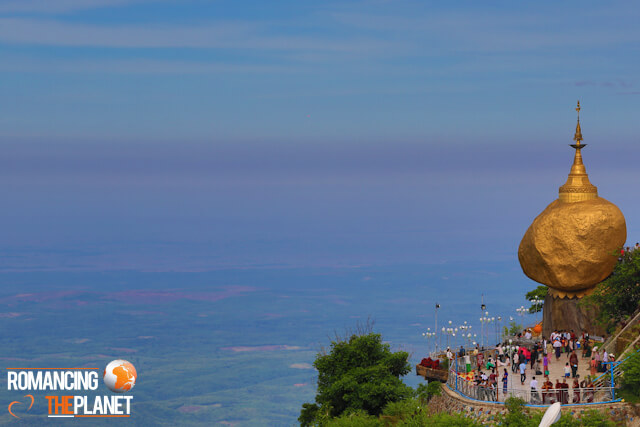
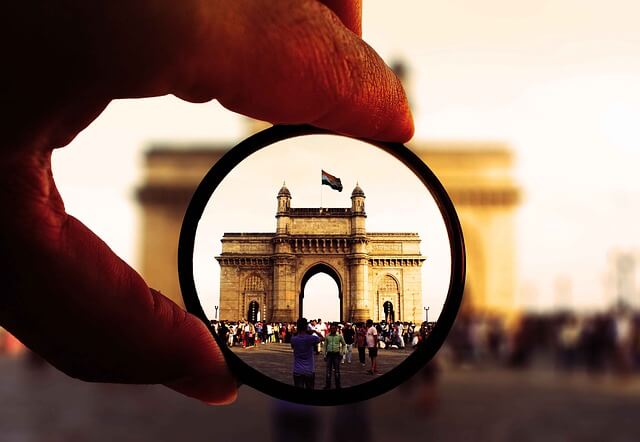
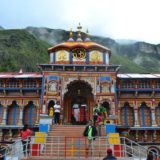

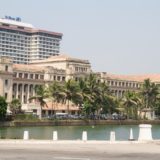
thanks for sharing this amazing post, you have discussed all the things that are related to Sri Rangam Temple, Tiruchirappalli. i am also from India again thanks so much